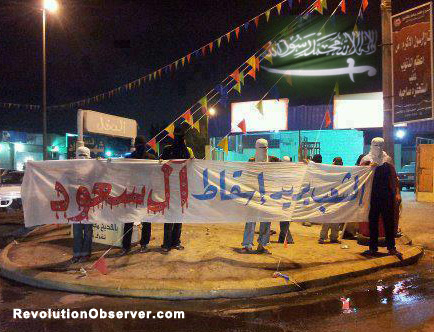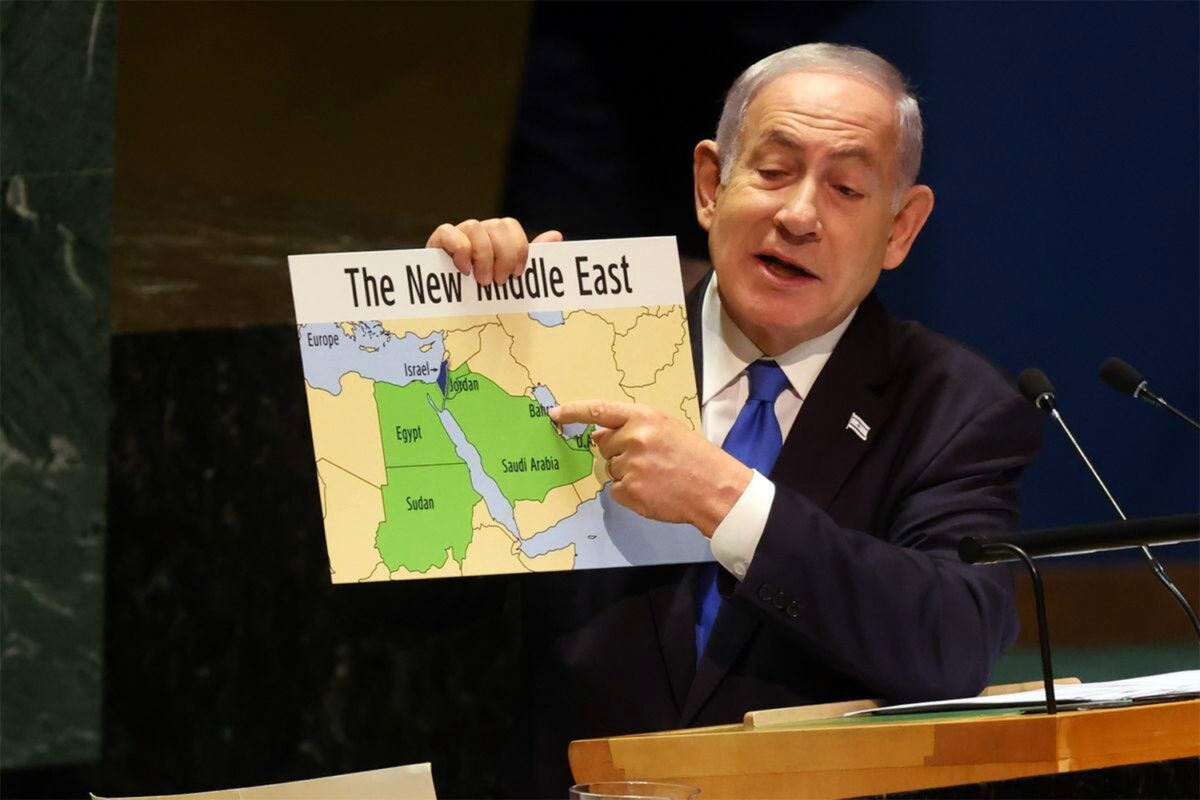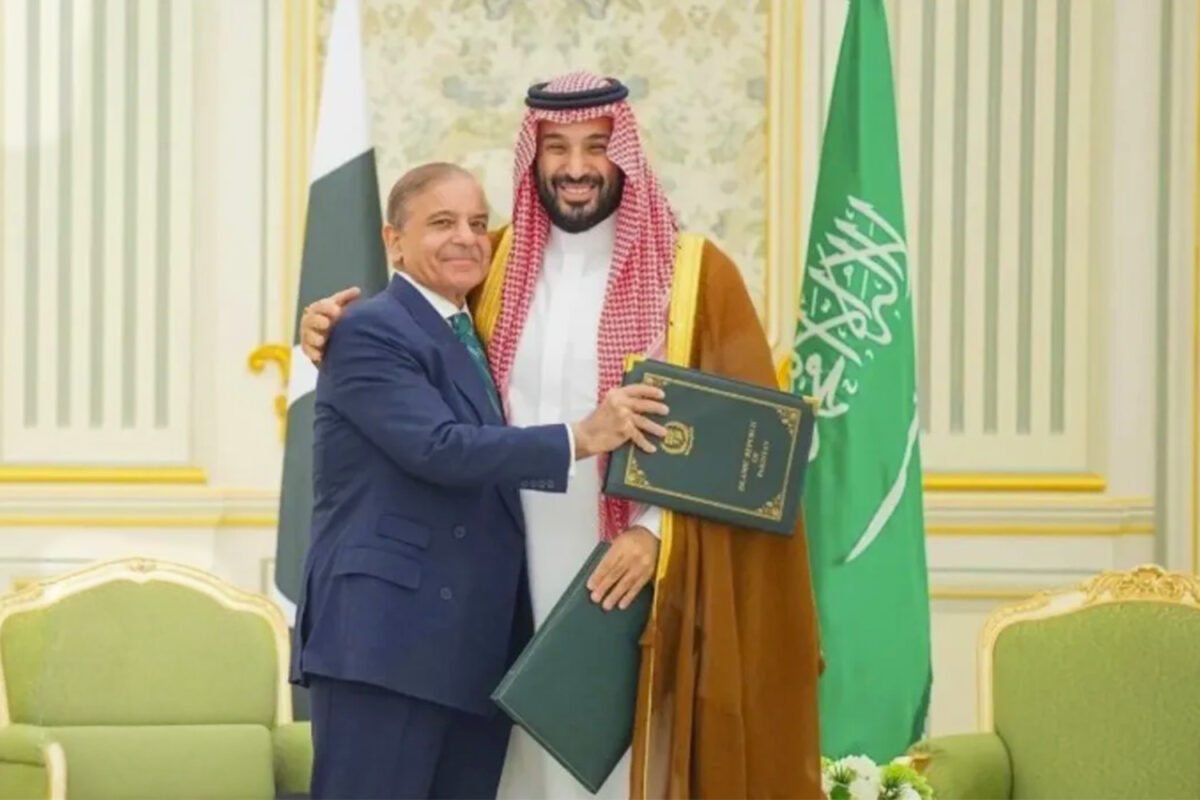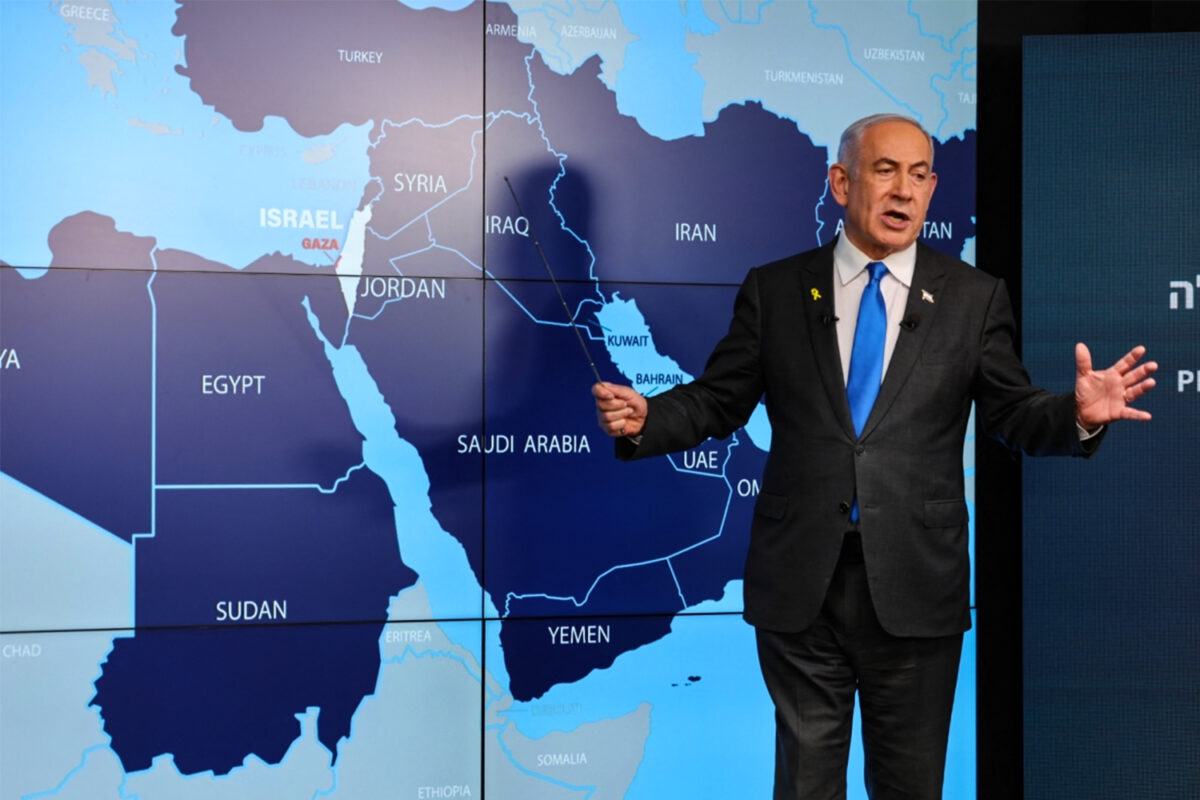 |
| Panel says: “People want to bring down the family of Saud” |
By Adnan Khan
As the Arab Spring approaches its second anniversary plenty of discussion is taking place on where matters stand after the overthrow of a number of rulers and the emergence of a number of political parties into positions of power who have for long espoused Islam. While these new regimes are still not stable, there are a number of countries where the uprisings failed to overthrow the regime and in some cases there were little or no demonstrations. Saudi Arabia is a country considered by many not to have had an Arab Spring. There are a number of reasons why mass demonstrations did not take place and fundamentally the regime was able to placate the population due to a number of policies and due to the internal architecture the house of Al Saud has constructed.
The protests that did take place in the Kingdom were presented by the Saudi monarchy as small protests in predominantly Shi’a areas and this caused the bulk of the population to support the crackdown in cities such as Qatif, al-Awamiyah, and Hofuf.[1] The Shi’a face significant economic discrimination by both the regime and the religious establishment because they’re viewed as Iranian agents. The government collectively punishes the Shi’a community by marginalizing them in Saudi society. The monarchy is able to do this as it directly operates the radio and television companies in the Kingdom and the newspapers are subsidized and regulated by the government. Government censorship continues to plague the press, and legal access to the Internet must be via local servers, which the government controls. The key ministries are reserved for the royal family, as are the thirteen regional governorships. The monarchy controls every aspect of society making it difficult to remove the regime as it will require the elimination of the whole Al Saud clan.
Another factor that placated people was the role of the religious establishment. The monarchy has established numerous and complex patronage networks, which include the top religious scholars. The descendants of Muhammad ibn Abd al-Wahhab, the 18th century founder of the Wahhabi school of thought support the Al Saud family and thus legitimizes their rule.[2] The most important religious posts are closely linked to the Al Saud family by a high degree of intermarriage. These scholars have promoted the royal family as defenders of Islam through their international efforts in constructing mosques. In situations in which the public deemed certain policies of the royal family questionable, the scholars would invoke fatwas to deflect any dissent. The Grand Mufti of Saudi Arabia issued a fatwa opposing petitions and demonstrations in the middle of the Arab spring, his fatwa included a “severe threat against internal dissent.”[3]
The Saudi monarchy was able to bribe most of its population with cash handouts and promises of reform. In order to contain the uprising, the monarchy announced a series of benefits for citizens amounting to $10.7 billion. These included funding to offset high inflation and to aid young unemployed people and Saudi citizens studying abroad, as well as writing off some loans. As part of the Saudi scheme, state employees saw a pay increase of 15%, and cash was made available for housing loans. No political reforms were announced as part of the package.
The last line of defence for the Saudi monarchy has been the Saudi secret service – the “Mabahith”. According to Human Rights Watch, the Mabahith “monitors suspected political opponents and others, targets individuals for arrest, and interrogates detainees. Mabahith agents operate with impunity and have been responsible for a wide range of human rights abuses, including arbitrary arrest, incommunicado detention, and torture.”[4] The Mabahith even operates its own prison – the `Ulaysha Prison in Riyadh.[5]
Anyone who has visited Saudi Arabia or resided in the country will have experienced that public entertainment and street life, let alone protests which scarcely exist, as few people socialize outside their families. This reality is making social media very popular and the recent launch of twitter will only lead to more questioning of the role of the regime.[1] The Saudi monarchy has for the moment survived the Arab spring, but the region’s architecture is rapidly changing and many are questioning the Saud clan’s domination of political life of the country that suffers from immense corruption. Despite large oil reserves, Saudi Arabia has a poverty rate, according to some estimates of 60%.[6] As Saudi society accesses international opinion regarding the Saudi monarchy through social media, the Saudi monarchy will find the pillars of its rule eventually questioned and challenged.
[1] http://articles.latimes.com/2011/mar/12/world/la-fg-saudi-unrest-20110312
[2] Al-Rasheed, Madawi (2010). A History of Saudi Arabia. pp. 16
[3] http://islamopediaonline.org/fatwa/fatwa-council-senior-scholars-kingdom-saudi-arabia-warning-against-mass-demonstrations
[4] http://www.hrw.org/legacy/backgrounder/mena/saudi/
[5] http://www.hrw.org/en/news/2011/02/19/saudi-arabia-free-political-activists
[6] http://www.presstv.ir/detail/2012/07/17/251355/60-of-saudis-live-below-poverty-line/




